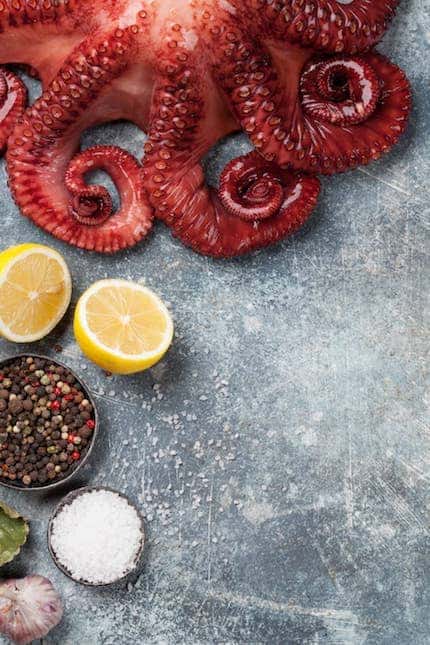Secret Sauce
The only thing your cooking really lacks
The missing link between the food you make and the grand cuisine of Monsieur le Chef isn’t his thousand-dollar truffles or the hours he has his employees toiling over the veal stock.
It’s the hours he has them spend on plain garlic and onions, rendering them very slowly over low heat until all that remains is a jammy substance to be wiped out of the bottom of a pan. Then he puts this stuff into everything he makes.
By “everything,” I don’t mean a long list of contrivances that occur only to recipe-writers like precious little toast wedges and mashed potatoes with twenty-five ingredients.
I mean everything. These are not novelty concoctions. They’re what I call “flavor foundations,” simple preparations that provide a dimension of flavor you can’t get just by weaponizing your food with fat and condiments.
Flavor foundations help to ensure that the foods you prepare taste the way you actually imagine they should, that black beans dressed in a rich vinaigrette taste as savory as they look, that the tantalizingly dark broth of a stew has a savorously complex flavor to match.
No false promises exist in your own kitchen. Whatever hypothetical value there might be in your techniques or the ingredients that you buy vanishes if the first spoonful of a three-hour beef braise tastes like it’s “missing” something, or if dinner rests like a cinder block in your gut because the recipe’s whole flavor strategy consisted of raw garlic and a truckload of ground-up cashew nuts.
Real deliciousness is one of life’s few truths. You can’t fake it with sugar and MSG, otherwise we’d consider our age of processed foods to be a watershed of civilization, cooking relegated to a chore on par with boiling laundry.
Deliciousness doesn’t require labor-intensive preparations like veal stock. Homemade stock is overrated, in fact.
It requires only time and fresh ingredients. Providing yourself with these is just a matter of having an effective workflow for home cooking, which is what this website is about.
Making flavor foundations is something everyone does already. You do it yourself every time you sweat a little garlic or onion in some oil.
But true depth of flavor requires much more time: epic intervals of a foodie’s nocturnal fantasy. We can measure the process in hours.
And yet it all takes place on the back of your stove while you occupy yourself with something else.
Foundations are easy enough to prepare that you employ them without hesitation. I use mine with the same reckless abandon as I do with Heinze ketchup.
And since you’ll be batch-cooking your garlic and onions, you’ll eliminate a twenty-minute step from many a weeknight supper while also making it taste like something that took all day to prepare.
The challenge is only to get into the habit of remembering to use them.
If foundations are so elementary, why are they such a rarity in food writing? Why do I feel compelled to mount a justification?
Years of reading recipes has convinced me that food-writers typically lack basic organizational skills. It’s why they’re always telling us to “serve immediately” and why they think that every flavor-tweak is a revolution.
Monsieur le Chef, author himself, deserves our gratitude for patiently walking us through the classic techniques. But his target audience is the hobbyist for whom cooking is a Sunday-afternoon project like building a model airplane.
So the chef has you do everything from scratch, roasting a whole head of garlic and fishing out each squishy clove by hand, something that you’ll do once and never again, the flavor notwithstanding, which will haunt you like forbidden pleasure.
Follow the basic principles on this site, and get superlative flavor without superior effort. That’s the true foundation of great cooking.
 |
SHARE THIS ARTICLE
